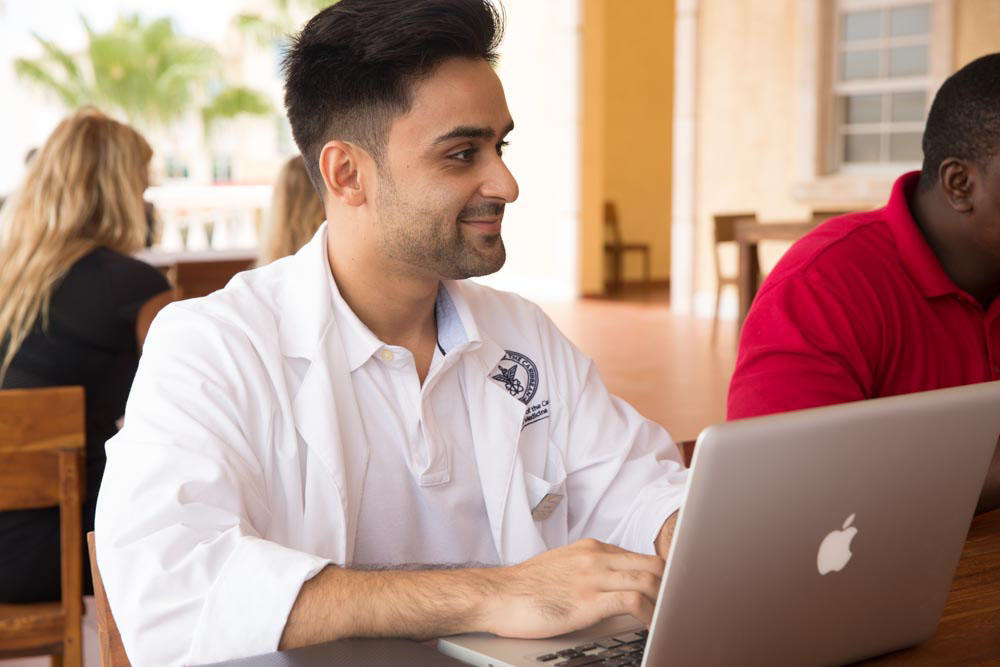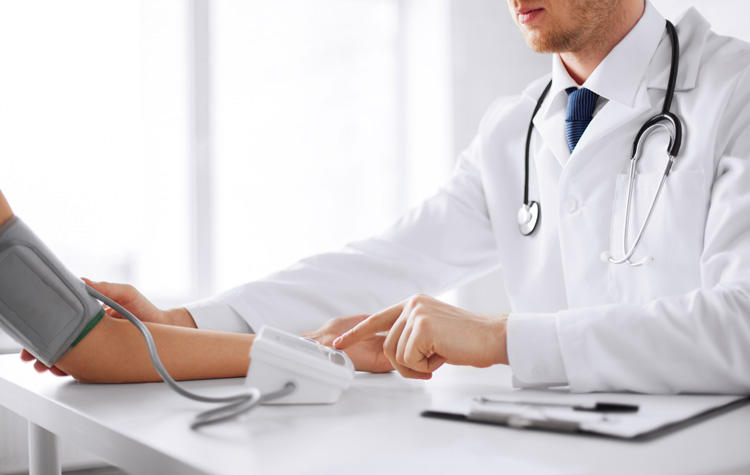Anyone who’s been to medical school will tell you that learning all of the required medical terminology can be a daunting task. The acronyms! The abbreviations! And did we mention the Latin? But if you take the time to memorize a few key word lists, it can help make the process feel less overwhelming. Let’s look at some of the must-know medical terms and abbreviations you should know on Day 1 of med school.
EMERGENCY CARE:
If you’ve watched any TV show that takes place in a hospital, you’re likely already familiar with many of the following words. Whether you’re planning to work in a hospital or in outpatient care, knowing these basic terms will help you understand the status of a patient and the recommended treatment.
Abrasion: a minor cut or scrape.
Abscess: a fluid-filled pocket that forms in tissue, usually due to bacterial infection.
Acute: indicates a condition that begins suddenly and can be severe.
ALOC: Acute Loss of Consciousness.
ANED: Alive No Evidence of Disease.
ARDS: Acute Respiratory Distress Syndrome. Occurs when a patient’s lungs fill with fluid, depriving the body of oxygen.
ARF: Acute Renal Failure. A sudden and dangerous condition in which the kidneys are unable to filter waste from the blood.
ADR: Adverse Drug Reaction.
BLS: Basic Life Support. The care given to a patient experiencing cardiac arrest, respiratory distress, or an obstructed airway.
Contusion: an area of injured tissue; bruise.
CPR: Cardiopulmonary Resuscitation; also called mouth-to-mouth resuscitation. CPR is used during a medical emergency to keep oxygenated blood flowing to the brain and other vital organs through chest compressions and artificial ventilation.
DNR: Do Not Resuscitate; a medical order indicating that providers should not perform life-saving measures on a patient.
DOA: Dead on Arrival.
Edema: swelling caused by fluid accumulation.
Epidermis: the outer layer of the skin.
ED/ER: Emergency Department or Emergency Room.
EMS: Emergency Medical Services.
Fracture: broken bone or cartilage.
HR: heart rate, expressed as beats per minute.
Inpatient: a patient who requires hospitalization.
Intravenous: delivered via a vein, such as with medication or other fluid.
IV push: a rapid injection of medication that’s delivered intravenously.
OR: Operating Room.
Outpatient: a patient who receives care without being admitted to a hospital.
Tox screen: toxicological analysis of the blood that identifies the drugs ingested in a suspected overdose.
MEDICAL PROCEDURES AND TESTS
The following medical terminology relates to procedures performed to measure the health of a patient and diagnose potential medical issues. There are many more terms to learn, but this list encompasses some of the most common medical abbreviations.
Biopsy: a small sample of tissue excised from a patient for testing.
Blood culture: a test used to find any unusual bacteria or fungi in a patient’s blood.
Blood gas: a test to measure oxygen, carbon dioxide, and the pH of a patient’s blood.
Blood pressure: the measure of how well the blood is circulating.
CAT scan: Computerized Axial Tomography. A form of diagnostic imaging.
Central line: a catheter placed in a large vein that allows multiple IV fluids to be administered and blood to be drawn more easily.
Dialysis: a procedure to filter blood for patients with kidney failure.
EEG: Electroencephalogram. A diagnostic tool that measures electrical activity in the brain.
EKG/ECG: Electrocardiogram. A test that records the electrical signals in the heart.
KUB: Kidney, Ureter, and Bladder X-ray. Commonly used for diagnosing abdominal pain.
LFT: Liver Function Test. Used to measure how well the liver is functioning in order to identify potential disease.
MRI: Magnetic Resonance Imaging. A form of diagnostic imaging that uses a large magnet and radio waves to view inside of the body.
Intubation: the insertion of an endotracheal tube to assist a patient’s breathing.
Pulse: the measure of a pulsating artery.
Pulse/ox: Pulse Oximetry. A measure of oxygen saturation in the blood.
Ultrasound: a form of diagnostic imaging that uses high-frequency sound waves.
U/A: Urinalysis. A urine test used to identify a range of disorders or disease.
Venipuncture: the drawing of blood from a vein.
MEDICATION
The following medical terms list include common medications as well as abbreviations used in instructions for its administration. Medical abbreviations related to administering medication are often in Latin, so having prior experience with this language will help.
a.c.: from the Latin “ante cibum,” meaning “before meals.” Related to the timing of administering medication.
ASA: Acetylsalicylic Acid, commonly known as aspirin.
BDS: from the Latin “bis die sumendum,” meaning “two times per day.” Typically in reference to when medication should be administered.
Mane: the Latin for “in the morning.” Typically used in reference to when medication should be administered.
OD: Once daily.
Nocte: the Latin for “at night,” often in reference to when medication should be administered.
NSAID: Nonsteroidal Anti-inflammatory Drug. Ibuprofen, aspirin, and naproxen are NSAIDs.
PO: the Latin for “per orem,” or orally.
PR: the Latin for “per rectum,” or rectally.
PRN: the Latin for “pro re nata,” or [to be taken] as needed.
QDS: the Latin for “quarter die sumendum,” or four times a day.
Rx: Shorthand for prescription.
TDS: the Latin for “ter die sumendum,” or three times a day.
MEDICAL PREFIXES AND SUFFIXES
The following list of medical terminology are prefixes. Prefixes are phrases that are at the beginning of a word (pre = before); suffixes are attached to the end of a word. Learning the following prefixes and suffixes will help you build your medical terminology vocabulary quickly.
A-, an-: lack of or without.
Dys-: abnormal, difficult, or painful.
-ectomy: the surgical removal of something.
-itis: signifies inflammation.
-lysis: destruction or breaking down.
-ology: the study of a particular concentration.
-pathy: disease.
Poly-: many.
-plasty: surgical repair to restore or repair part of the body.
Retro-: behind or backward.
This medical terminology list should help you get started on mastering some key terms that are often used in medical settings. Medical acronyms and abbreviations of medical terms are used on a regular basis by healthcare professionals. It is beneficial to learn basic medical terminology while in medical school to help you succeed in your career. Ready to apply to take that next step and apply to medical school? Apply for admission to AUC School of Medicine.
Related resources:





